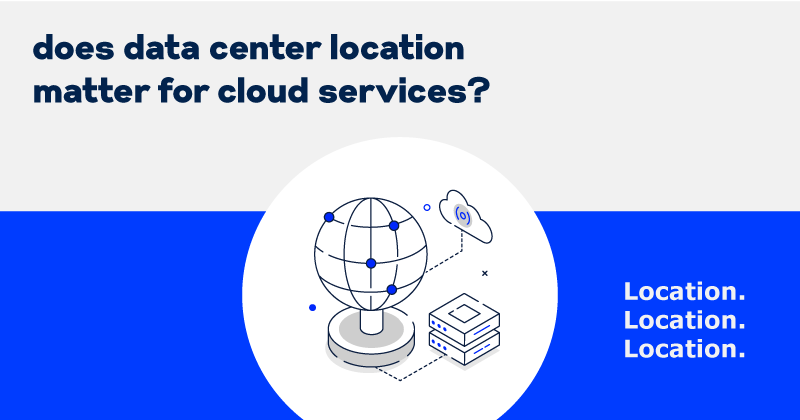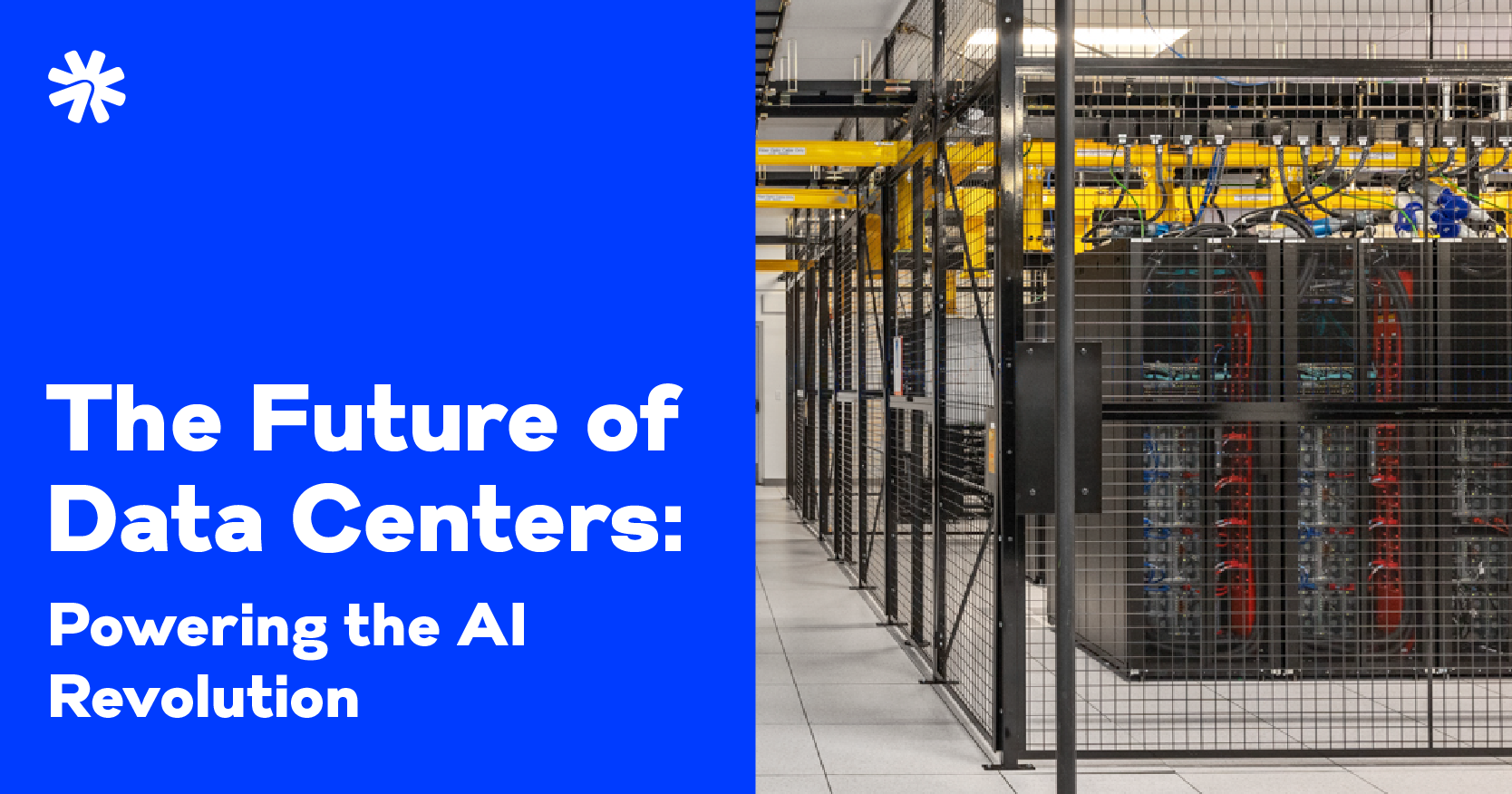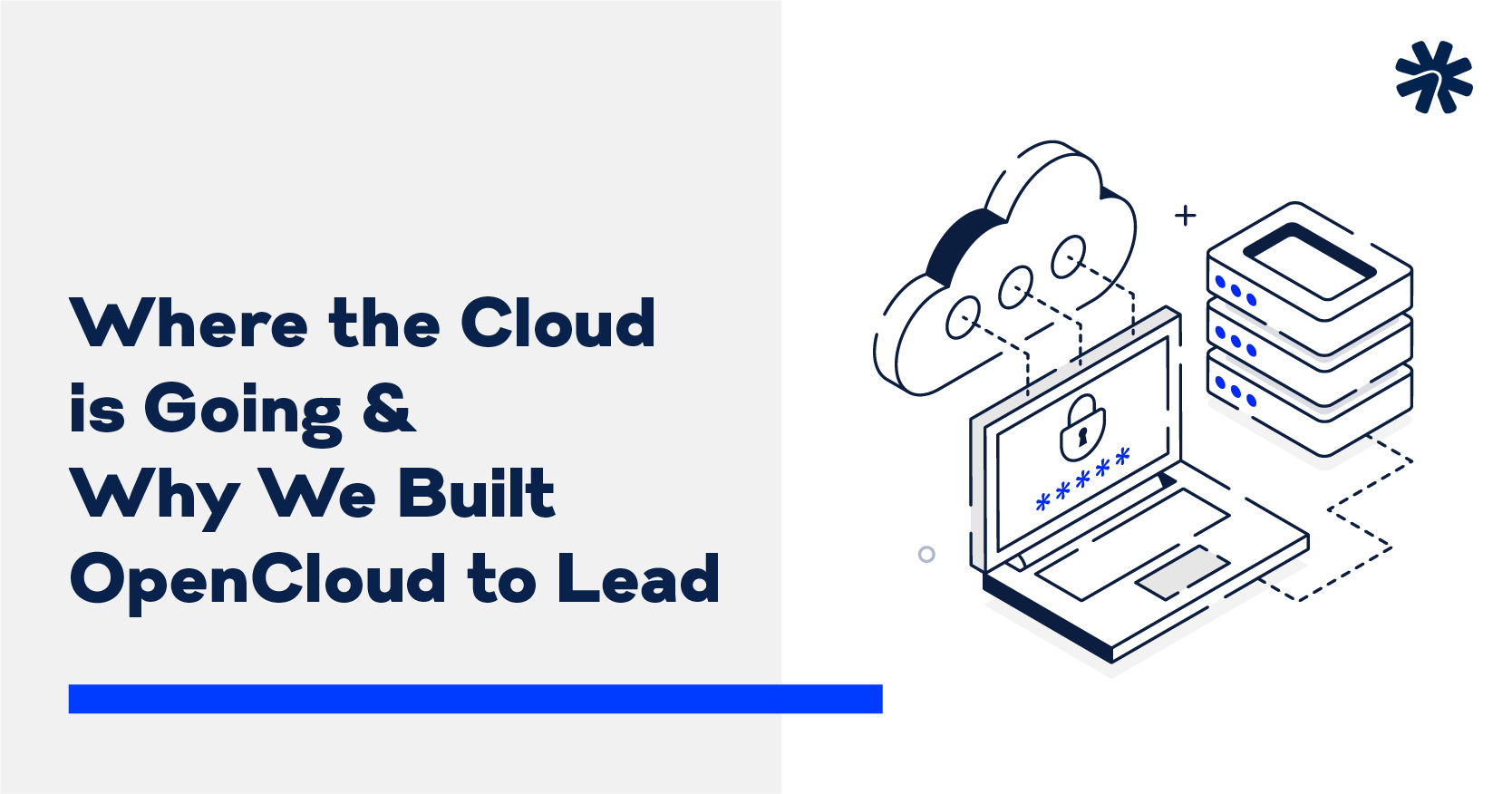Does Data Center Location Matter for Cloud Services?

Location. Location. Location.
Plenty has been written about why data center (colocation facility) location matters ─ things like the importance of geodiversity for disaster recovery purposes, how location affects latency, and things like data privacy laws. But does data center location matter for cloud?
After all, a big selling point of the cloud has long been that users can access it from anywhere with any device as long as they have an internet connection. The cloud also employs virtualization technology, which means users can access virtualized versions of the servers, storage, and network resources they need without purchasing or maintaining physical infrastructure.
That’s all true, but what some people forget is that cloud services are still tied to physical servers that reside in a physical data center. Granted, data centers can be built anywhere as long as they have access to the necessary power and connectivity services. However, their location will have an impact on the quality of service that the facility’s resources can deliver.
Connectivity and Latency
So yes, location can make a difference when it comes to cloud services for all the same reasons as colocation facilities. For example, think about the role of connectivity. Connectivity ─ networking services ─ gets cloud services to where they need to be.
The networking services depend on multiple redundant fiber connections to major bandwidth providers. Providing consistent and reliable bandwidth at the volumes required by a data center requires building connections to numerous network providers.
Network providers tend to cluster their facilities together at major peering points. When data centers are located in close geographic proximity to Internet Exchanges or peering points, the organizations using them benefit from low latency ─ the time it takes for some data to get to its destination across the network ─ as well as plenty of bandwidth.
No matter how much bandwidth a data center can access, however, customers that use the cloud services supplied by its resources are affected by the time it takes their data to travel across the internet. Round-trip distances are usually double the geographic distance because both the request and the response have to traverse that distance.
Why does this matter? People want access to data instantaneously. If page load times are slow or information is delivered too slow, it affects the user experience. Poor user experiences translate into frustration and disappointment, which in turn can ultimately result in lost business.
Edge Data Centers
Yet another factor affecting latency is the route data travels. Data seldom travels in a straight line between the sender and recipient. It traverses through networks, routers, and switches, which can contribute to latency. If a data center and the cloud services it powers are closer to users, the route is likely more direct and latency will be lower.
This is one of the reasons many organizations are choosing to go with so-called “edge data centers” as the hub for their cloud computing resources. Edge data centers deliver the same services as any traditional data center. But they’re also equipped with all the specialized equipment to power cloud services, so they can serve as “cloud pods.”
These data centers work off the concept of edge computing in which client data is processed as close to the originating source as possible. They are positioned close to the end-users, so they can deliver fast services with minimal latency.
The US Signal Network Advantage
For organizations in the Midwest, US Signal’s data centers and cloud pods can help them deliver cloud services to Midwest-based users with less latency ─ while offering numerous other benefits. Much of that is due to the US Signal network.
It’s the Midwest’s largest privately-owned fiber network and is comprised of 14,000 miles of fast, reliable fiber-optic connectivity. It extends throughout 10 states, including Virginia — home of the US capitol of the Internet and Ashburn’s “data center alley.”
The US Signal network also encompasses eight US Signal data centers, five housing cloud pods, in key Midwest cities, metro rings in 20 Midwest markets, access to over 225 data centers and POPs, and redundant Tier 1 peering relationships. For companies doing business in the Midwest, US Signal puts reliable, fast, far-reaching network and cloud services at the fingertips of their Midwest-based users.
US Signal Connections
US Signal provides direct, dedicated network connections to major cloud providers without having to peer directly or collocate networking equipment in a provider-supported data center. Customers can use US Signal’s Virtual Cloud Connect to establish layer 3 connectivity between a private data center or a US Signal cloud service to other cloud providers, including AWS, Azure, and Google.
US Signal’s Cloud-to-Data Center (CDC) connection provides dedicated access between collocated IT assets and US Signal public cloud resources when housed in the same US Signal data center. The CDC connection provides optic and switch redundancy while stretching Layer 2 network from collocated gear and virtualized resources with US Signal.
Plus, the speed and bandwidth capabilities of US Signal’s fiber network means faster access to data and applications stored in the cloud. Being able to synchronize cloud data with on-site data through US Signal’s high-speed connections ensures efficient data restoration after an outage. Because US Signal can provide its fiber network from doorstep to cloud, it can offer end-to-end solutions that decrease issues like downtime and latency while allowing for increases like redundancy and reliability.
Connect with US Signal
To learn more about the benefits of US Signal’s data center and cloud pod locations ─ and the robust private network that powers our cloud services, contact us.



